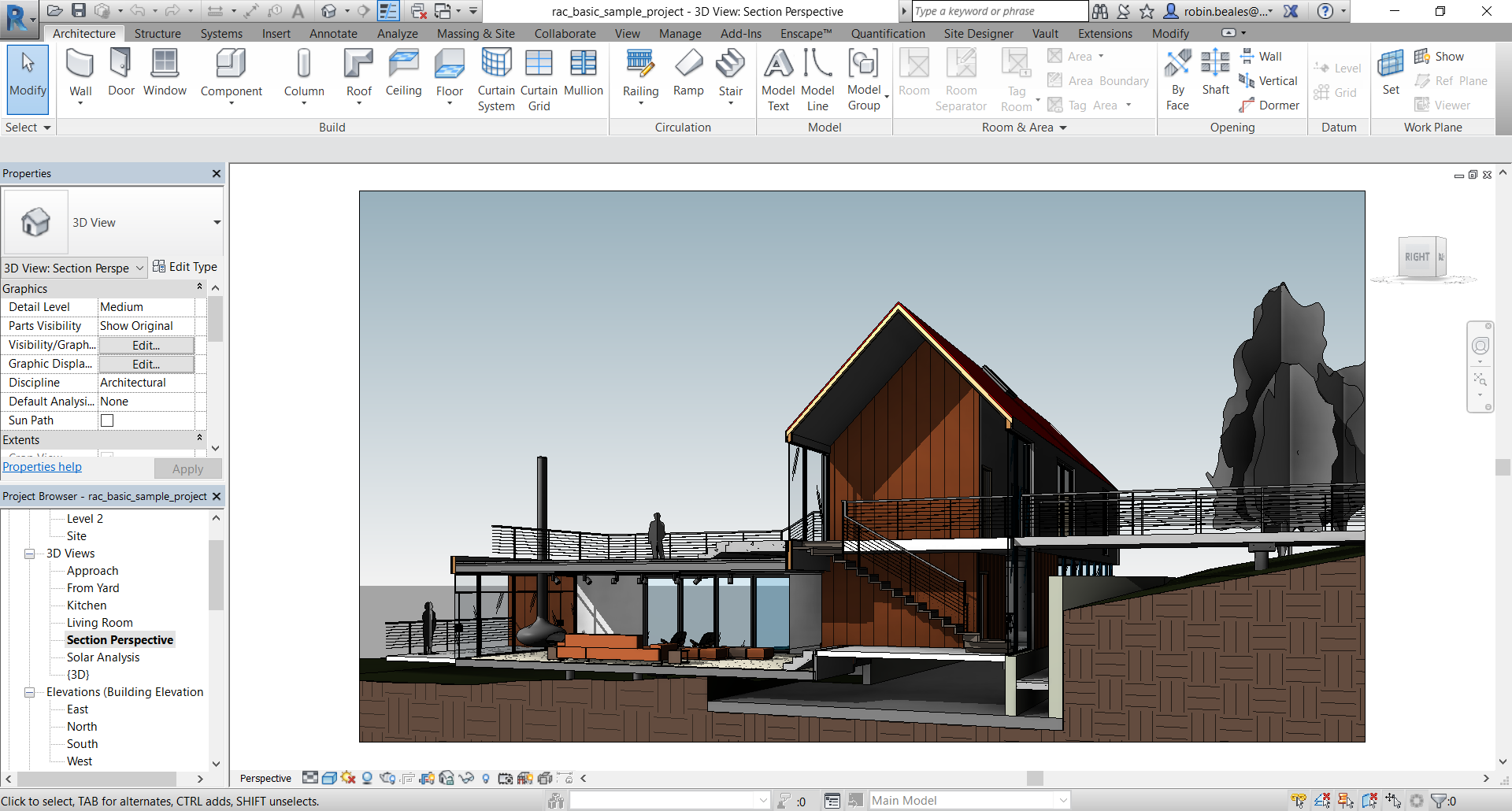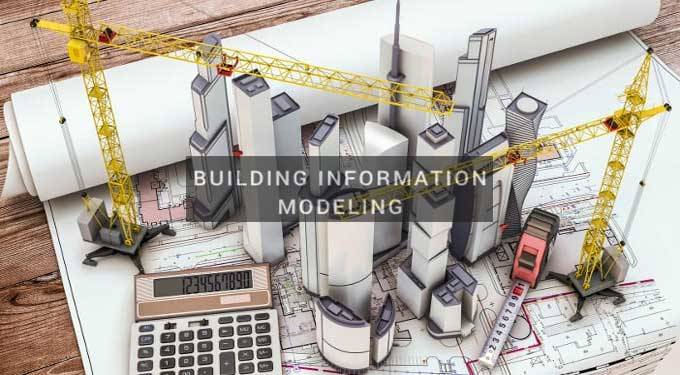

So I'm going to use import CAD like so, which is basically a one-off CAD drawing import into Revit.

You can link a CAD file to this and if the detail changes, but if you import a CAD file into the Revit project and explode it, you can convert it all to Revit elements so that you've got a Revit detail in your project instead. You can link a DWF markup but you can't link Revit files, IFC, Typography. Can you see that? You can link a CAD file but that's the only thing you can link. And you'll notice you can't actually link anything anyway. So what we're going to do, we're going to go to the Insert tab on the ribbon. If you just import, you'll see as we work through this chapter how we can convert everything to Revit elements in the 'DETAIL 01' view as well.

Don't start linking details because it will just get a little bit more complex and it will also make your Revit project quite heavy as well. So we would go down the same workflow as if we were importing a CAD drawing into the Revit project but only ever use import for things like this. Now what we're going to do first though is import a CAD detail. It's just lines, annotation, shading, hatching, et cetera. You're going to create a detail view here that is literally flat. Now when you think about this, this is in essence 2D drafting in Revit as part of your BIM workflow. And in the previous video we set up our 'DETAIL 01 - Roof Parapet Detail' drawing or view. Once again we're in our '1031 SE Madison PROJECT002'.


 0 kommentar(er)
0 kommentar(er)
